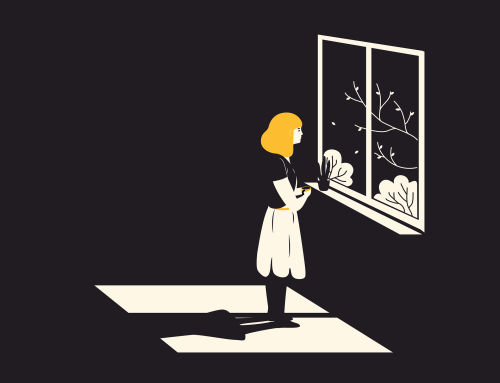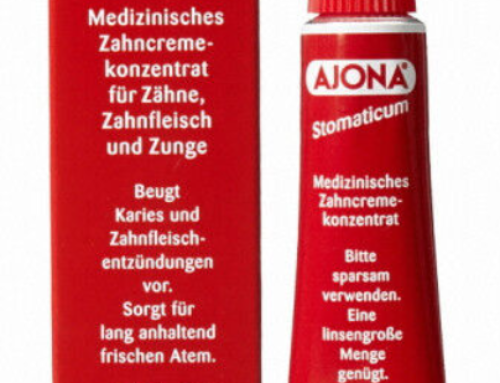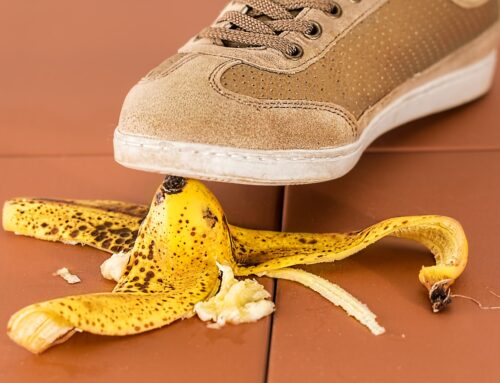The testing for any STD must be done within the correct testing period. All infections, STD included, have a so-called ‘incubation period’. During this period, identifying the infection may be difficult. The test may show a false negative result during the incubation period.
STI testing table below provides information on what is the optimal time to get tested after exposure to STI / STD.
The testing window for common STIs is as follows:
| Type of STI | Pathogen type | Testing window | Type of test | When to retest after treatment |
| HIV | virus | 10–33 days for a nucleic acid test. 18–45 days for an antigen/antibody test. 23–90 days for an antibody test |
Blood or saliva test. Blood nucleic acid test gives earliest results | None |
| Chlamydia | bacteria | 1–2 weeks | Blood or urine sample, or swab of the throat, rectum, cervix, or vagina | 3 months |
| Trichomonas | protozoa (parasite) | 1 week to 1 month | Swab of rectum, penis, or vagina | 2 weeks |
| Syphilis | bacteria | Within 3 weeks after sores appear. Sores appear usually 1 week after exposure | Blood test | 6 and 12 months |
| Gonorrhea | bacteria | 5 days to 2 weeks | Blood or urine test. Swab of the anus, urethra, cervix, or throat | Test 2 weeks after treatment, or 2 weeks later after exposure if the first test is negative |
| Herpes | virus | 1–4 months | Blood test or swab of a sore | None |
| HPV | virus | 3 weeks to a few months | Pap smear in females only — no approved test for males | None |
| Hepatitis | virus | 3–6 weeks for hepatitis B. 2–6 weeks for hepatitis C | Blood test | Retest 6 months later |








Leave A Comment